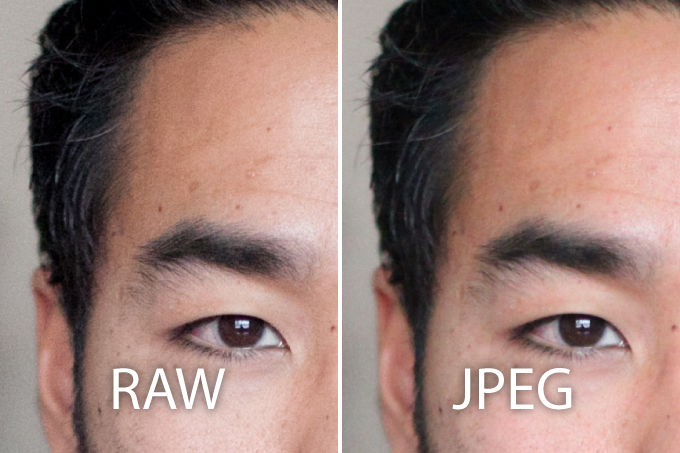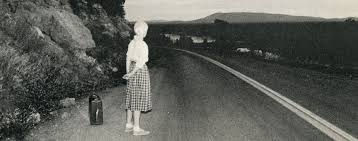Dirk Braeckman
- Julita Mbazuigwe
- 3 lis 2022
- 4 minut(y) czytania
Zaktualizowano: 17 lis 2022
I choose works by Dirk Braeckman as one of my inspirations because of the closeness of his photos with my interior and the idea for photo sessions. I am interested in what the subject of his works presents. The inspiration comes from the photos in which Braeckman presents women in their brave, intimate, not overloaded with effort situations. It shows whole figures, usually naked, or parts of the female body at home. Despite the simple concept, each photo evokes extreme emotions - it's not easy to pass by them indifferently. In one of the interviews, the author himself says that he doesn't want to tell any stories with his works, but whether he likes it or not, 'The truth is in the eye of the beholder' - hence the name of my project. As the author says, you can find an element of autobiography in his photos; just like my work will be based on internal experiences gathered over the years. As a woman, I want to go deep into the feelings and emotions that accompany each photo.
In terms of technique, Braeckman cultivates analogue photography with a great deal of experimentation, often storing his films for months before developing them. The cold choice guides him without the accompanying fresh emotions. About the process of creation his black and white masterpieces, the author says as follows:
''It arises from the way I have worked since the very beginning: by experimenting in the darkroom. Technically, it’s a combination of how I shoot the subject, how I develop the films and how I expose the photographic paper when printing. In the darkroom I use different light sources to over- or underexpose the print, and extra kinds of tools, such as brushes, dust and different chemicals to disturb and control the process of developing. All these factors together define the grey tones. The dark tones seem to conceal things, yet at the same time they are inviting, they let in light… It all draws the viewer into the image. That’s what I aim to achieve. To me, colour photography is essentially a different medium, with a different way of looking and thinking. What’s more, I started out in black and white, where I could do everything myself in the darkroom, where you can work with light and see and manipulate the image as it appears on the paper. It’s a different process to colour photographs.''

Wanting to unfold this photo into denotations and connotations, I would try to describe what I can see in the picture, i.e. a naked woman standing with her back to the lens, head slightly lowered and right leg raised. The room in which she is located is an ordinary room, probably in a private home or in a hotel. On the walls, I see a striped wallpaper and a print picture of suspicious quality. She stands by the window, which is covered with thick curtains, so not much light shines through it.
When it comes to connotations, on the other hand, I identify this woman with every woman who, unnoticed by anyone around, looks at her body in the privacy of her room. The picture evokes familiar feelings in me when as a teenager, I discovered my body for the first time, and after the years and the changes, it has undergone - again. It is an undisturbed picture, and there are no side figures in it; it, therefore, gives the feeling that it is an intimate matter.

fot: https://dirkbraeckman.be/work/208/eb-ly-96
I would describe the photo above as one of Braeckman's bolder ones. You can see a naked woman studying her body. We don't know if she's doing this out of a need to explore, or if something occurred that made her feel the need to digest what happened to her. Braeckman focuses on formalism in his photographs; as he says, his intention is not to show the story behind the photo, but only to capture the moment and show the form in the photo. However, each of his pictures forces us to rethink. We tend to superimpose our own experiences and feelings about the photographs we view. What guided the artist to create the work can differ from the recipient's final thought. Some great photographers, such as Tomasz Tomaszewski, says that photography, although it is one of the greatest works of contemporary art, '' is flawed in its form - it does not recognise events - but it has (...) a diabolical influence on the correction of our views. It's a dangerous tool''.

''Braeckman’s method leads us to question the context in which we view a photograph, how that guides us and how art history has shaped our reading of certain icons, such as the nude, the empty bed, the curtained doorway. A nude in an art gallery is read differently from a nude in a porn magazine. Through super manipulation of the image, Braeckman lays bare all former manipulators, not to expose them, but rather to reveal to us our collusion in the way iconic images are constructed. Here he explores the idealised female figure and the fact that human existence needs idealisation to endure''.




Comments